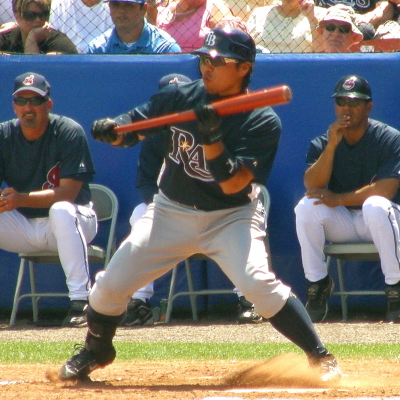
The risk of a severe, multi-decade drought hitting the Southwest United States by the end of the century could reach as high as 99 percent if greenhouse gas emissions continue along current lines, says a paper by a team of scientists from Cornell University, Columbia University and NASA.
Read/listen to my full story at KJZZ’s Arizona Science Desk:
Worst Case: Megadrought Risk Near 99 Percent Under Current Greenhouse Emissions



